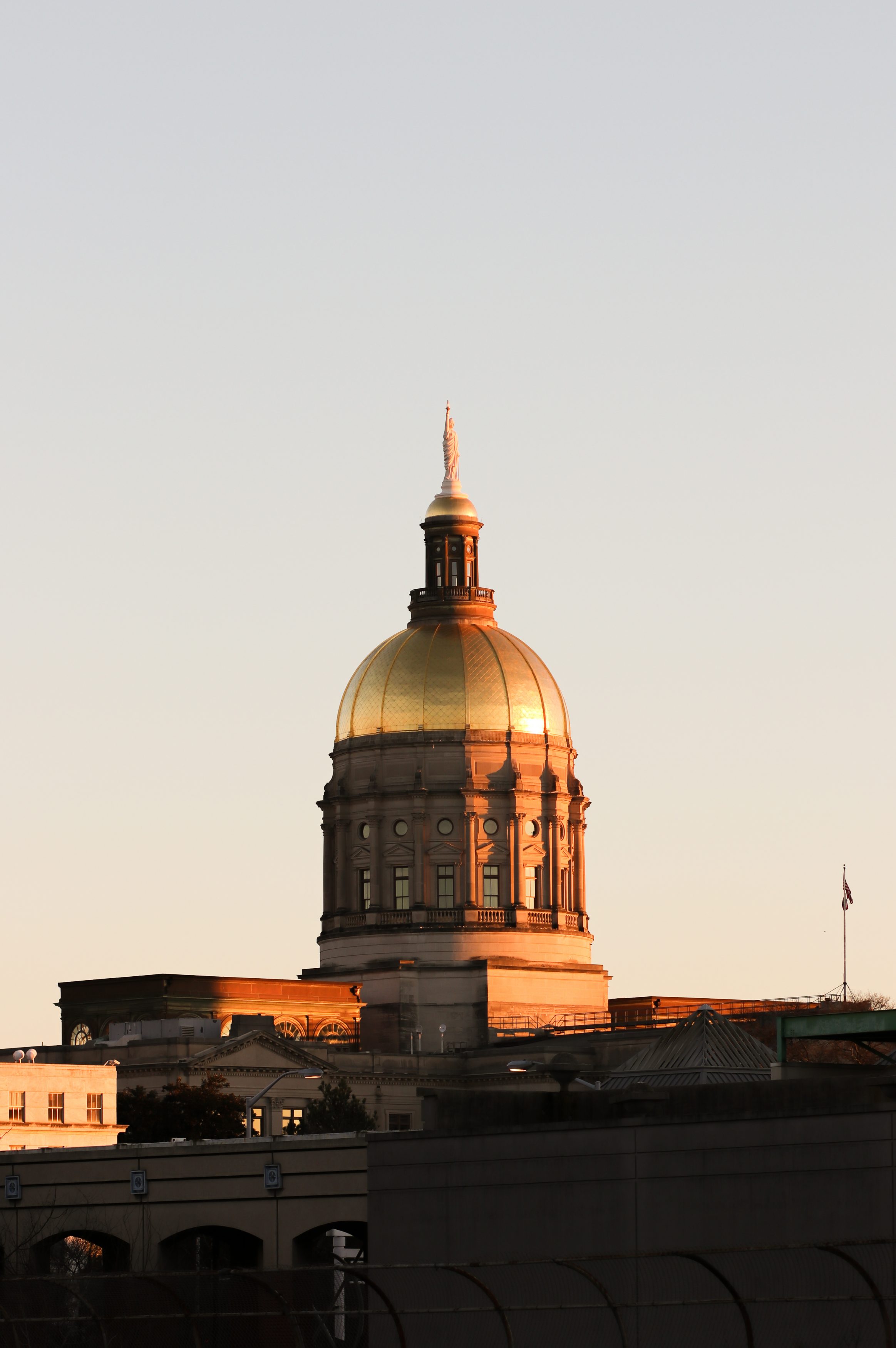
Attempting to understand history to interpret what our country’s first leaders wanted is like a bad game of Telephone.
This game starts with the phrase “separation of church and state”.
This idea dates back to the 1600s, when English theologian and founder of Rhode Island, Roger Williams, stated his fear of religion and government interference. However, not necessarily in the way we think. Williams wanted to preserve the peace of the church and believed that religion should not be supported by the government. His fear was of the government affecting religious freedoms.
In 1802, the third United States president, Thomas Jefferson, used the phrase and returned a letter to the Danbury Baptist Association.
This is where the game of Telephone gets messed up.
The association wrote a letter to President Jefferson explaining their beliefs that, “[their] sentiments are uniformly on the side of religious liberty–that religion is at all times and places a matter between God and individuals–that no man ought to suffer in name, person, or effects on account of his religious opinions,” much like Roger Williams beliefs. They went on to congratulate Jefferson and affirm his earned position as President of the United States.
Thomas Jefferson replied in agreement: “Gentlemen, …Believing with you that religion is a matter which lies solely between Man & his God, that he owes account to none other for his faith or his worship,” he wrote, “legislature should ‘make no law respecting an establishment of religion, or prohibiting the free exercise thereof,’ thus building a wall of separation between Church & State…”
In this letter, Jefferson introduces the idea of both religious freedom and a government without religious influence.
President James Madison authored the First Amendment of the Bill of Rights, “Congress shall make no law respecting an establishment of religion, or prohibiting the free exercise thereof; or abridging the freedom of speech, or of the press; or the right of the people peaceably to assemble, and to petition the Government for a redress of grievances.” We see religious beliefs influencing our rights under the constitution and arguments over whether or not religious influence is lawful.
The most recent and notable instance is the overturning of Roe v. Wade. Established in 1973, this law recognizes that the fourth amendment, the right to privacy, includes the right to continue or end a pregnancy before fetal viability. In 2022, Justices Clarence Thomas, Samuel A. Alito Jr, Neil M. Gorsuch, Brett M. Kavanaugh and Amy Coney Barrett overturned Roe v. Wade allowing all rights under the law to be reviewed and undone. All of these justices were raised Catholic.
Following the overturn, Justice Clarence Thomas made it clear that abortion rights are not where the Supreme Court Justices want to stop. Many of the laws under Roe v. Wade go against traditional Catholic beliefs including same-sex marriage.
For years, we have seen discussions and debates around religion in courtrooms. In 2017, Oklahoma lawmaker George Faught spoke about abortion rights in instances of rape and incest. Faught defended pregnancy from these instances and said, “God can bring beauty out of ashes.”
We can see, even 220 years after the first amendment was recognized, church and state are inseparable.
